Five books I enjoyed - Summer/Autumn 2022
- Published
- 2022-06-24
- Tagged
- 2020
- 2021
- 2022 Pt. 1
- 2022 Pt. 2
- 2023 Pt. 1
- 2023 Pt. 2
In November last year, we had a kid. It turns out that being a parent means saying good bye to almost all your free time for a decently long while, and that’s meant a real downturn in the already my already low posting frequency. But we’re just about to shift into the back half of the year, and so I figured I could get a little momentum back with another what I’m reading post. So given that - and given the fact that many days right now I’m crashing into bed at 9:30pm, tired out of my gourd and ready to go to sleep without even thinking of opening my e-reader - what’s been top of my reading list?
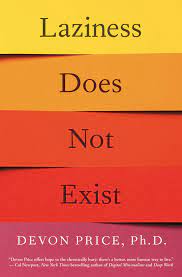
Laziness Does Not Exist - Devon Price. I ended up reading through a bevy of books on the workaholic tendancies of late-stage capitalism, and this was (I feel) the best of the bunch. Price’s premise is pretty simple: society teaches us that laziness is a personal failing, that it’s avoidable, and that it’s usually a sign of bad character, but in reality almost every instance of “laziness” we can point to is really a symptom of something else (whether poor health, burnout, disconnect from society, or a failing system). Price starts with a bit of history into how and why we started equating laziness with sin and vice, through to how it manifests today.
While it goes through the foundations of this “laziness lie”, it’s thin on the practical advice on how to deal with it - for further reading, it’s worth checking out Emily and Amelia Nagoski’s Burnout, which provides more of an action plan on how to live inside the your-worth-is-equal-to-your-output society that is late-stage capitalism.
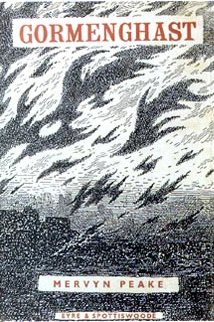
Titus Groan and Gormenghast - Mervyn Peake. As a child I watched the sprawling BBC mini-series Gormenghast, and while my mum was entranced by the books, I never picked them up. Then, when I was exploring New Weird literature a few years back I kept on hearing Peake’s name brought up as a seminal figure in the space (even though these books were published in the 1940s, half a century before New Weird was even a thing). This year, I finally got around to reading the series.
These books together tell the story of a failing dynasty in a byzantine city-state paralysed by tradition and introspection. The story itself is a sprawling gothic masterpiece which is barely interested in going anywhere, as much as it is in wallowing in emotion and feeling. Peake’s prose matches the plot - lush, elaborate, almost to the point of farce - he ends his first chapter thus:
Having solved the problem in his mind and having realised in a dullish way that the conclusion was particularly mundane and uninspired, and that there was no question of his soul calling along the corridors and up the stairs to the soul of Rottcodd, Mr. Flay in a thin straddling manner moved along the passages of the north wing and down the curve of stone steps that led to the stone quadrangle, feeling the while a curious disillusion, a sense of having suffered a loss of dignity, and a feeling of being thankful that his visit to Rottcodd had been unobserved and that Rottcodd himself was well hidden from the world in the Hall of the Bright Carvings.
Should this really be two books? Probably. But I’m going to put them in here as one book and there’s nothing you can do to stop me.
(Peake would go on to write a third book, Titus Alone, which follows the heir to the Groan dynasty as he leaves the city-fortress of Gormenghast to explore the world. Published in the late 50s, when Peake was showing signs of the dementia that would eventually end his life, and butchered by an overenthusiastic publisher, it’s a complete about-face from the previous books. I think you can easily stop at Gormenghast and treat the series as a duology - I did.)
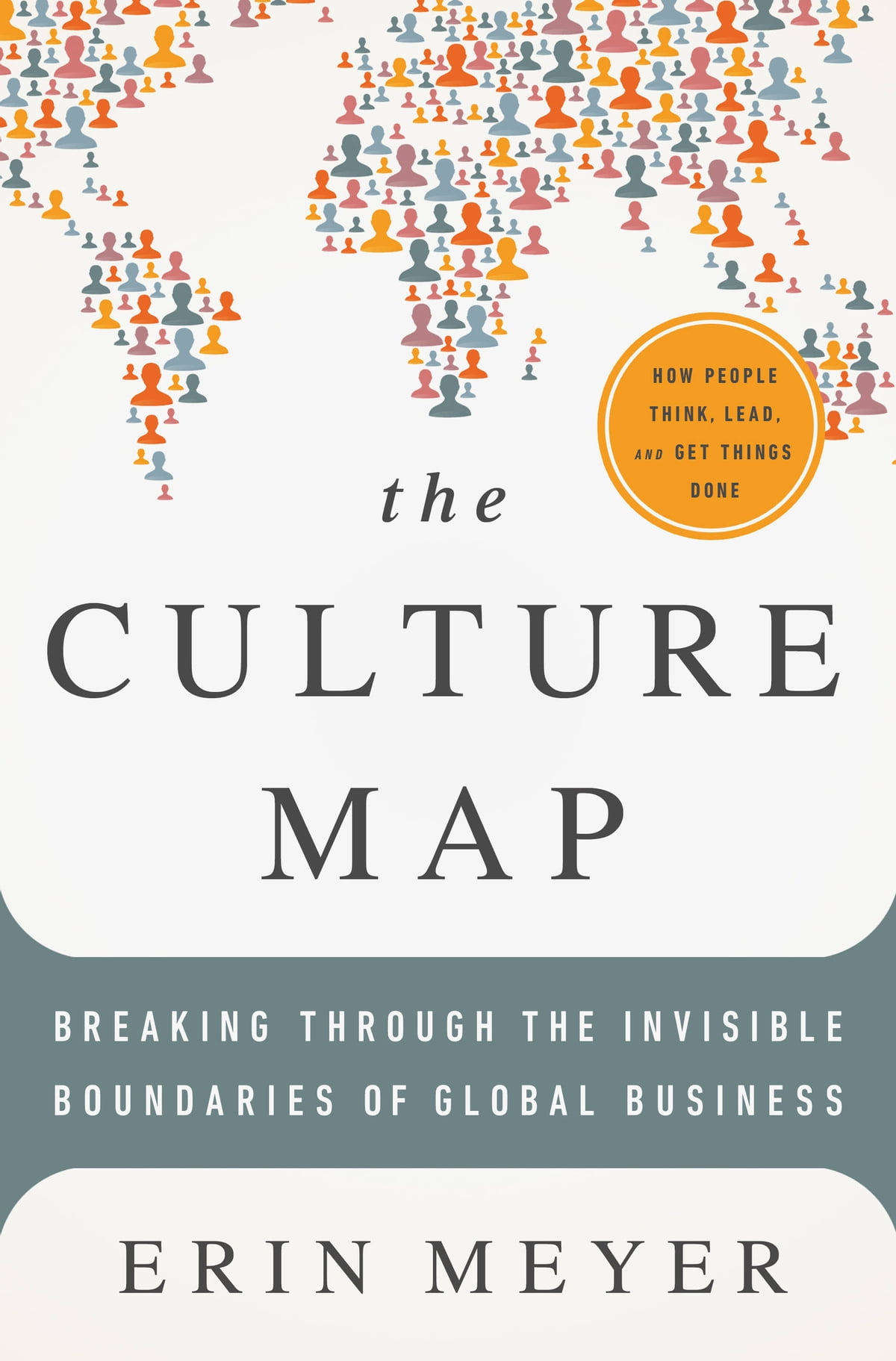
The Culture Map - Erin Meyer. I read this book relatively recently - in many ways it fits the “airport non-fiction” genre of a basic principle surrounded by case studies, the perfect read for the C-suite executive who has a business-class flight to Singapore and needs something to read on the trip. But despite this, Meyer makes her point succinctly, backs it up with illuminating stories, and avoids the two cardinal sins of airport non-fiction, ie (a) she doesn’t talk up her theory like it’s the second coming of Christ, and (b) she doesn’t pad out the book to make it palatable.
Meyer’s basic premise is that how a person interacts with others in their work - how they dish out and receive feedback, how they communicate, how they lead a team - is heavily influenced by the culture they grew up in. As white-collar works becomes more international, as it gets easier and easier for people to work with colleagues in other countries, we find ourselves rubbing up against the friction of different working styles due not just to individual habits, but also due to these different cultures. By understanding how different cultures can result in different ways of working, we can in turn anticipate how we might rub up against others, and modify our own behaviour to suit. It’s an interesting premise, and Meyer delivers it in a thoughtful and informative manner.
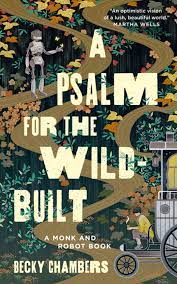
A Psalm for the Wild-Built - Becky Chambers. Becky Chambers is known for her Wayfarers series, one book of which came up on my 2021 list. Psalm is her second fiction novel outside of the Wayfarers series, and while it’s bite-size (160 pages!) it was specifically commissioned by Tor as the first in a duology. It’s a little solarpunk jaunt, perhaps naïve in its view of how humanity and nature can co-exist in the future, but I think we need that kind of story as much as we need the cautionary tales of climate disaster that science fiction has equipped us with in the past.
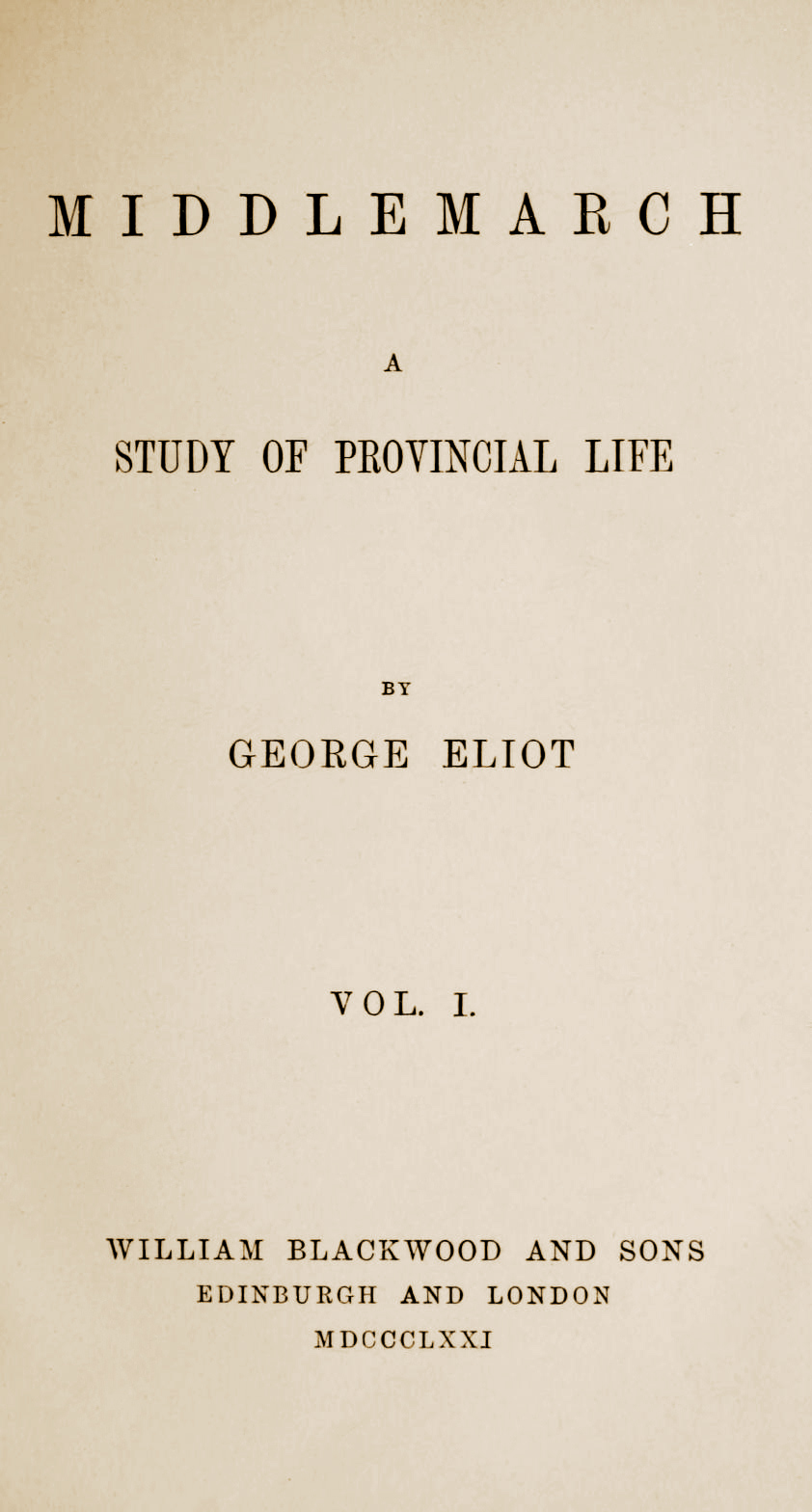
Middlemarch - George Eliot. A common teme through my book lists has been my attempts to alternate between contemporary books, and those written before the turn of the century. This is part of that continuing effort. Middlemarch is an interweaving of around four separate stories all taking place in a fictional Midlands town. It’s basically the polar opposite of Psalm - deep, involved, and large enough to be used as a doorstop. But that depth gives it an immersive quality that lets you inhabit the people and settings, and the expansiveness to explore themes and characters in a way that I don’t think authors get the leeway to do in a world where publishers know the exact word limit that will drive sales.
